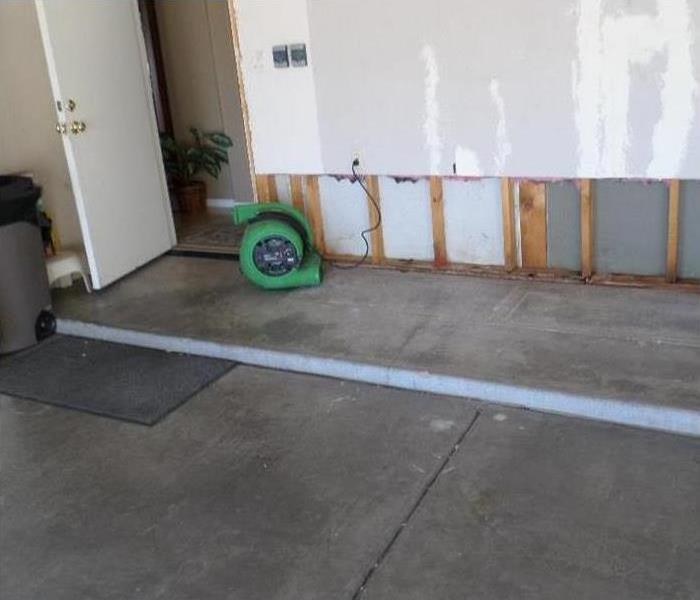Do I Really Need a Flood Cut to Fix My Wall?
4/25/2019 (Permalink)
When working with a contractor to restore your property after flooding, you often hear different terms and procedures that don’t make a lot of sense. One of the most common is a flood cut. What does it mean? Should my cleanup team be offering one? Knowing the answers to these and other questions surrounding this type of tear out procedure can help you choose the right flood restoration professionals for your Peoria, AZ, property.
What is a Flood Cut?
The term simply means a contractor will cut water-damaged drywall from walls or other areas in your property. The process lets your cleanup partner locate and address any extra moisture behind the walls. Such moisture can lead to:
- Mold
- Mildew
- Odors
How It’s Done
First, professionals will examine your walls for signs of water damage such as warping or even early mold. Next, they will cut into the wall, roughly 12-18 inches from where the flood damage happened, and remove a piece of the wall. Next, steps will be taken to dry or replace insulation, depending on the level of damage, before the wall is repaired.
When is it needed?
A flood cut is not required if the wall is damaged by clean water. Unfortunately, flooding is typically associated with contamination by human waste or pathogens. In those cases, leaving wet insulation can result in not only structural damage, but actual illness. Flood cutting can also be avoided if there isn’t insulation behind a wall, in which case less invasive methods may be used.
Cutting into your drywall may seem like a dramatic response for a little flooding. But doing it now can save you a lot of extra expense when you’re facing mold or worse down the road. Consult with a skilled flood mitigation expert to learn whether a flood cut, or other process is key to getting your property back to normal.



 24/7 Emergency Service
24/7 Emergency Service
